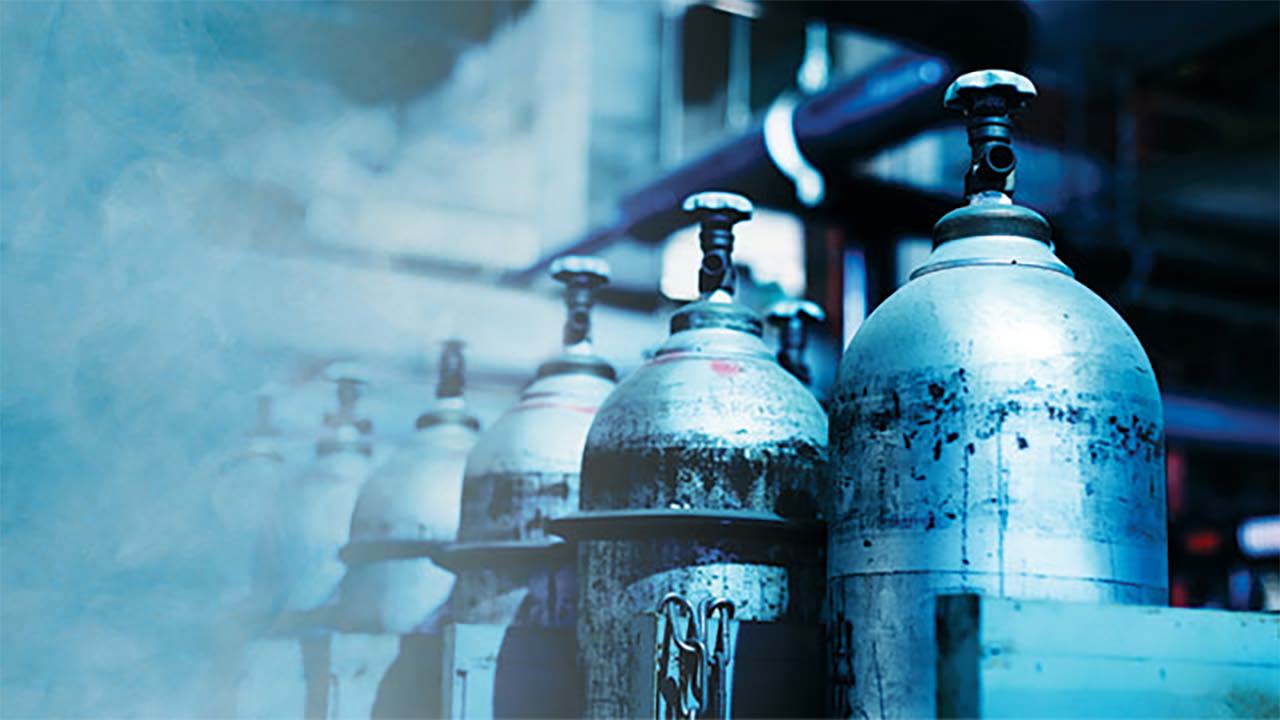In chemical process industries, selecting the right type of reactor is a critical step in ensuring efficient mass transfer, reaction kinetics, and long-term reliability. Among the various reactor types, gas-liquid reactors play an essential role in processes involving gas-liquid reactions such as hydrogenation, oxidation, fermentation, and absorption.
Due to the complexity of these reactions and the sensitivity of involved variables, the design of a gas-liquid reactor must consider several key parameters—each influencing efficiency, scale-up potential, and overall performance. Whether for pilot-scale or full-scale production, choosing the correct reactor configuration is vital for plant productivity and operational safety.
This article explores the most important design considerations when selecting gas liquid reactors, with a special focus on material choices, mixing mechanisms, and pressure handling.
Understanding Gas Liquid Reactors
Gas liquid reactors are specifically designed to facilitate reactions between gaseous and liquid-phase components. These reactors are common in industries like pharmaceuticals, petrochemicals, agrochemicals, and specialty chemicals, where efficient gas dispersion and contact with liquids are essential.
The fundamental goal of a gas liquid reactor is to maximize the contact area between the two phases, allowing for efficient mass transfer and reaction kinetics. This is achieved by optimizing mixing, residence time, and interfacial surface area—all of which are affected by design choices.
Key Design Parameters That Matter
1. Type of Reactor Configuration
There are multiple reactor types suitable for gas-liquid systems, including:
- Bubble column reactors
- Stirred tank reactors
- Loop reactors
- Packed bed reactors (for trickle flow systems)
The choice depends on the reaction type, scale of operation, and heat/mass transfer requirements. For instance, stirred tank reactors are ideal when intensive mixing is needed, while bubble columns may be preferred for large-scale gas-liquid contact with minimal mechanical components.
2. Mixing and Agitation Mechanism
Efficient mixing is essential in gas liquid reactors to disperse the gas uniformly in the liquid and maintaining stable hydrodynamics. Mechanical agitation (via impellers) is commonly used, especially in high-viscosity systems or where solids are present.
Impeller selection—radial vs axial—affects gas dispersion and shear rates. In gas-liquid-solid systems, dual impeller designs may be used to separate gas dispersion and solid suspension zones. The agitation system must be matched with the reactor’s geometry to ensure optimal gas hold-up and minimize dead zones.
3. Gas-Liquid Contact Time and Residence Time
The extent of gas-liquid mass transfer largely depends on how long the gas remains in contact with the liquid phase. This is determined by the residence time, which is influenced by reactor volume, gas flow rate, and agitation intensity.
Reactions requiring high conversion rates may need extended contact times, which means larger reactor volumes or recirculation mechanisms. Correctly sizing the reactor for the intended throughput is vital for achieving desired reaction yields without overloading the system.
4. Heat Transfer Capabilities
Many gas-liquid reactions are exothermic and require efficient heat removal to maintain stable reaction conditions. Reactor jackets, internal coils, or external heat exchangers may be used depending on the thermal load.
Designing a reactor with adequate heat transfer surface area helps prevent hotspots, runaway reactions, and inconsistent product quality. Proper temperature control also affects the solubility of gases in the liquid phase, which in turn influences reaction rates.
5. Pressure Rating and Material Construction
Operating pressure is another critical parameter, especially for reactions involving compressed gases like hydrogen or oxygen. Reactors must be designed to safely handle internal pressures and potential over-pressurization scenarios.
Material selection plays a crucial role here. Stainless steel reactors are widely used due to their corrosion resistance, strength, and compatibility with a wide range of chemicals. Grades like SS316 and SS316L are standard choices for high-pressure applications involving aggressive media.
For added safety and compliance, pressure relief systems, rupture discs, and certifications such as ASME or PED may also be required.
6. Scale-Up Considerations
A well-designed lab or pilot-scale reactor doesn’t always scale directly to industrial production. Factors such as gas dispersion behavior, mixing efficiency, and heat removal capacity change with scale.
When choosing gas-liquid reactors, it’s important to work with systems that offer modularity and flexibility. This makes it easier to test process parameters at smaller volumes and replicate them accurately in full-scale units. Automated control systems, data logging, and batch reproducibility features also aid in smoother scale-up.
Why Stainless Steel Is Often the Go-To Material
Material compatibility is non-negotiable when selecting reactors for sensitive or high-pressure gas-liquid reactions. Stainless steel reactors offer excellent corrosion resistance, mechanical strength, and surface finish. These qualities are crucial in maintaining reaction integrity and ensuring long service life.
In particular, stainless steel helps maintain product purity, especially in pharmaceutical or food-grade applications. Its ease of cleaning and CIP (Clean-in-Place) compatibility make it an industry standard for high-purity processes.
Conclusion
Choosing the right gas-liquid reactors involves more than just picking a size or design. It requires a deep understanding of the chemical process, operating conditions, scale, and safety requirements. Factors such as mixing efficiency, heat management, material compatibility, and residence time all contribute to the final selection.
Whether you are setting up a new plant or upgrading an existing system, careful reactor selection ensures smoother operations, better yields, and long-term process stability.
If you are exploring options for high-performance reactors that meet the rigorous demands of industrial gas-liquid reactions, you can review a wide range of Pressure reactor vessels that are engineered for precision and built to last. These systems are designed to handle complex reaction environments with efficiency, control, and safety at the core.


